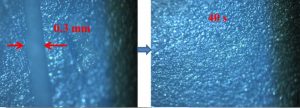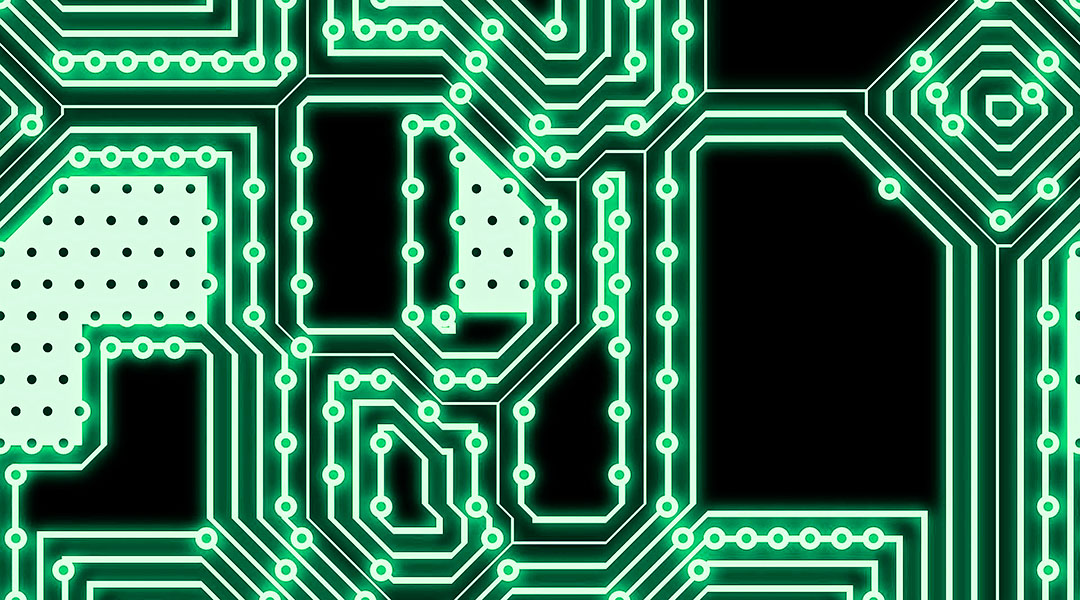One of the greatest challenges involved in the design of wearable electronics is how to power them. Many devices must be soft and elastic, yet be able to return to their initial shape. This must avoid having bulky batteries or wires that could snag or obstruct movement. And importantly, they must also be able to withstand the rigors of daily activities.
To confront this challenge, researchers have explored the use of various flexible energy storage systems designed to work when twisted, bent, stretched, and in some cases even broken. Electrically conductive hydrogels (ECH), which combine the electrical properties of conductive materials with the unique features of hydrogels, are a promising platform for flexible supercapacitors and batteries.
However, like any electrical current, an ECH can stop working if cut or damaged. Rather than replace the entire ECH, or potentially the whole wearable device, Yongping Bai and co-workers sought to capitalize on the ability of some hydrogels to reform after being broken.
The key to ECHs reforming is the presence of supramolecular interactions in the hydrogel. Bai’s group synthesized an acrylate–graphene oxide-based ECH that contained an abundance of ionic interactions. Not only was the ECH able to display consistent conductivity, but the ionic bonds allowed the hydrogel to repeatedly recover its shape and conductivity after scoring. This self-healing occurred autonomously when the hydrogel was incubated at room temperature for as little as 40 seconds. Such self-healing ECHs could find applications in diverse wearable electronics, such as artificial skins, medical devices, and portable batteries.
Read the full results in the Journal of Applied Polymer Science.


















